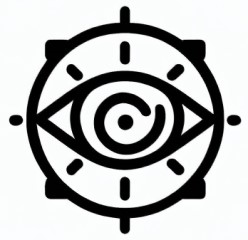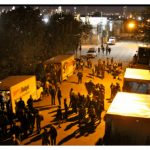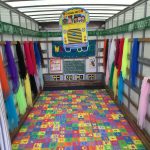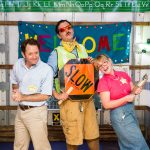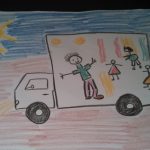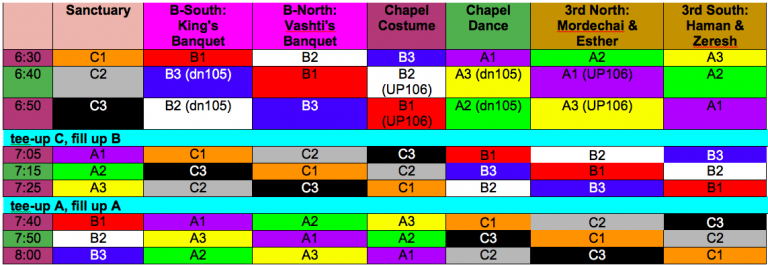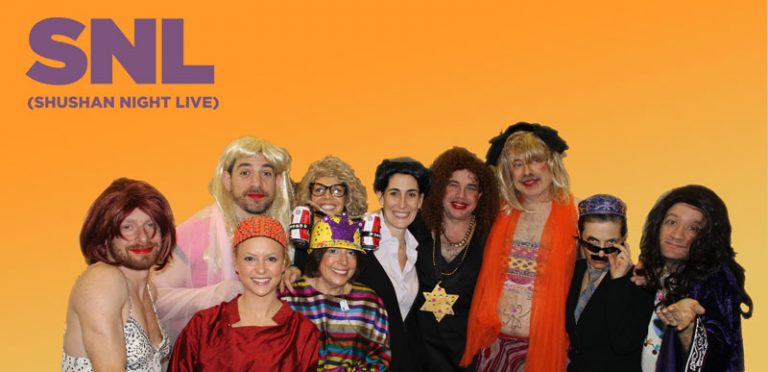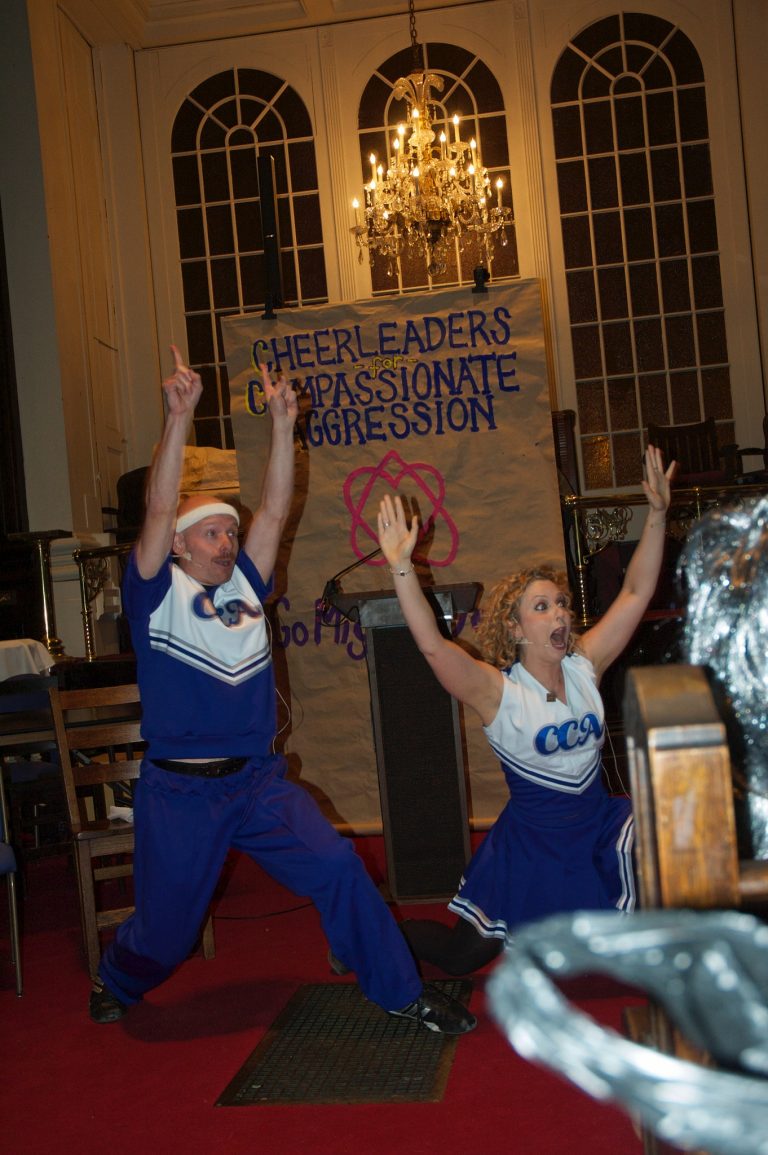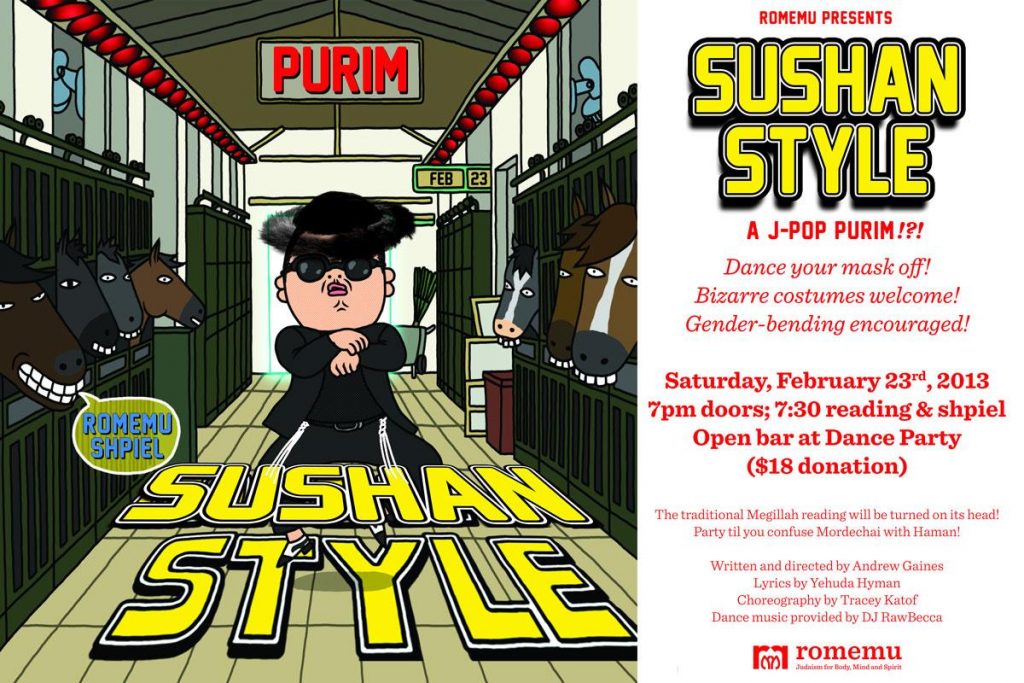As a Diversity Trainer, I dismantle patriarchy, misogyny, and homophobia through designing immersive weekend retreats. Using psychodramatic play and ritual, the Threshold Men’s Retreat facilitates powerful awakenings for men to improve emotional intelligence, develop identity, and forge bonds inside and outside our communities. I transfer the awareness wrought from this work in service of modeling healthy masculinity in all facets of my life.
I have traveled internationally to deliver conference presentations about my work with the Mankind Project (MKP) since 2008. In August 2012, I attended the Theatre and Performance Research Association (TaPRA) in Canterbury to present “How to Act, Like a Real Man: Adapting Rasaboxes for Men’s Drama Therapy.” I demonstrated my adaptation of Richard Schechner‘s (2001) Rasaboxes actor training technique based on the work of Moore & Gillette (1990) within the Mythopoetic Men‘s Movement. My dramatic approach allows men to better understand, explore, and integrate idealized archetypes of sacred masculinity–alongside the shadow aspects–on all levels of experience: physical, mental, emotional, and spiritual. Men learn to draw from their strengths and identify their unconscious behaviors and biases in order to bring those patterns into conscious awareness and control. Similar to Rasaboxes, participants are challenged to increase their capacity to modulate their expressions from neutral to full embodiment as they attempt to fluidly move from one archetype to another. My presentations have also provided additional examples of adapted Rasaboxes and Archetypal models, as well as future directions to address work with women and other populations.
